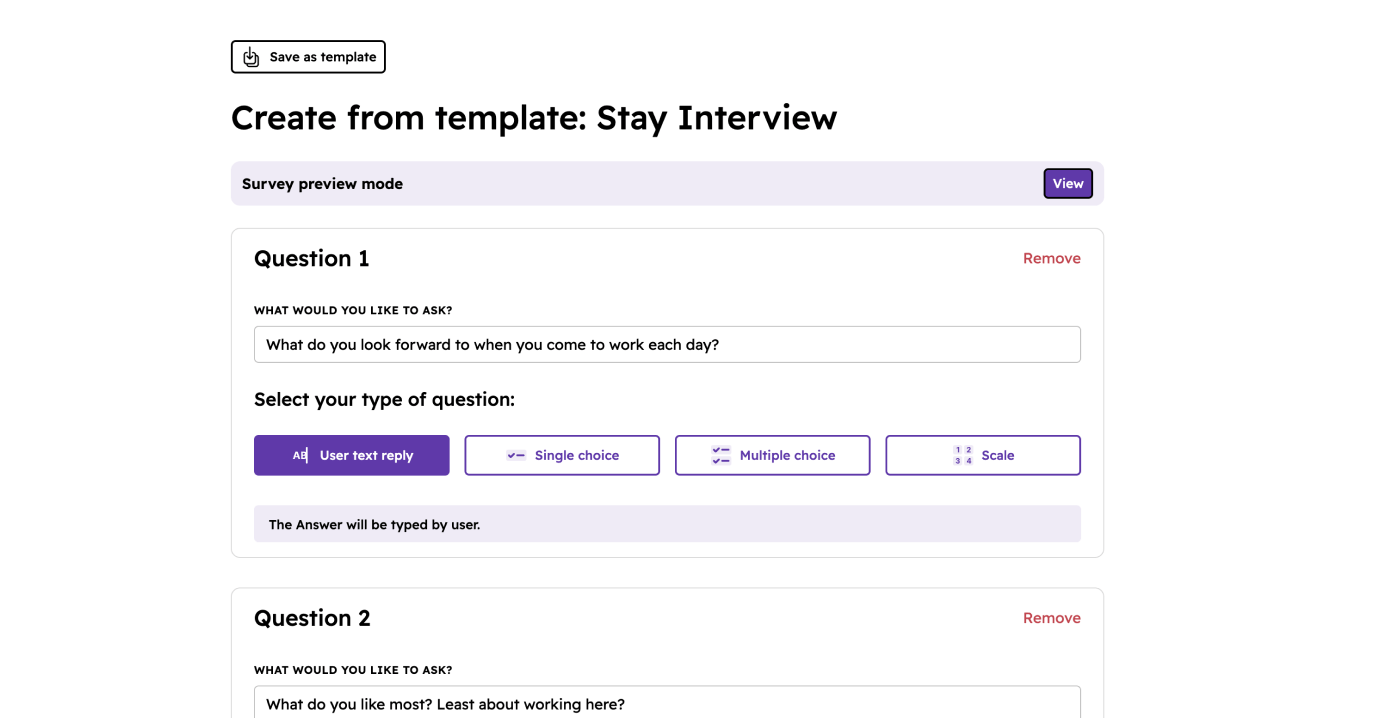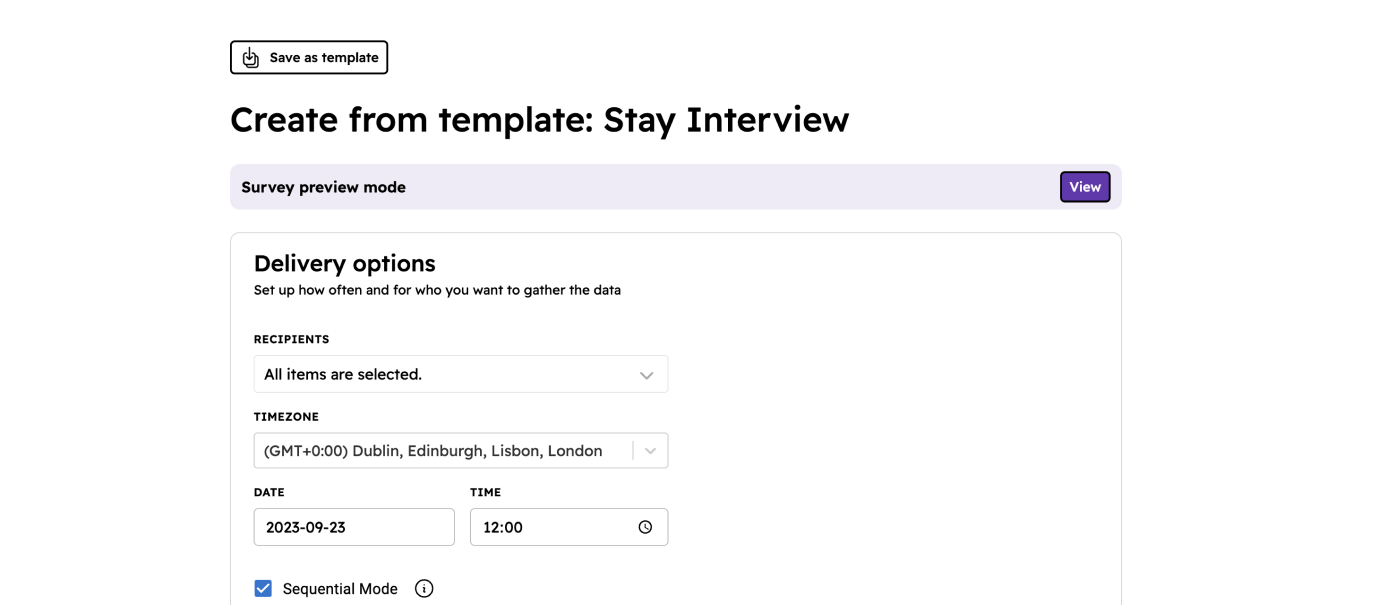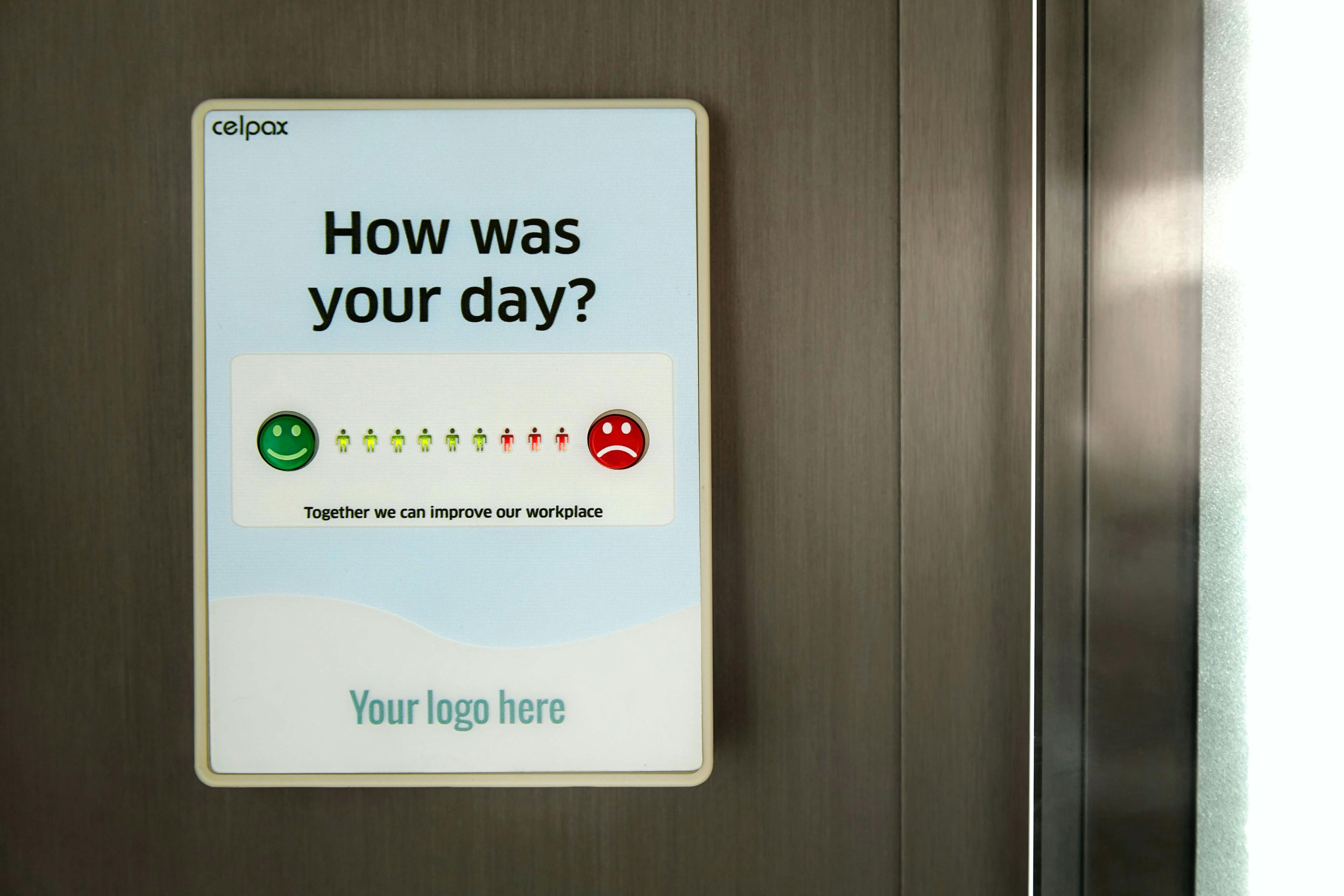In today's dynamic business landscape, retaining top talent is a top priority for organizations. Employee turnover can be costly and disruptive, affecting productivity, morale, and ultimately, the bottom line. To combat this challenge, many companies are turning to proactive strategies, such as stay interviews, to understand and address employee concerns, boost job satisfaction, and create a workplace where employees not only stay but thrive.
In this comprehensive guide, we will delve deep into the concept of stay interviews, exploring their significance, key components, benefits, best practices, and real-life success stories. Whether you're an HR professional, a manager, or an employee looking to understand this innovative approach, you'll find valuable insights and actionable tips throughout this article.
Chapter 1: Understanding Stay Interviews
1.1 Defining Stay Interviews
"Stay interview program" interviews are structured conversations between employers and employees aimed at gauging job satisfaction, identifying areas for improvement, and addressing concerns that could potentially lead to turnover. Unlike traditional exit interviews conducted when employees are on their way out, stay interviews are proactive and focused on retaining talent.
1.2 The Purpose of Stay Interviews
The primary purpose of stay interviews is to:
Gain insights into what motivates employees to remain with the company.
Identify any issues or challenges employees may be facing in their roles.
Create a platform for open and honest communication between employees and employers.
Develop strategies to enhance job satisfaction, engagement, and retention.
Chapter 2: The Key Components of a Stay Interview
A well-conducted stay interview involves several critical components:
2.1 Assessing Job Satisfaction
The interview often begins by asking employees about their current roles, responsibilities, and overall job satisfaction. This initial step helps employers understand which aspects of the job are fulfilling for valuable employees and which may require attention.
2.2 Exploring Career Goals
Employers inquire about employees' long-term career aspirations and how these align with the opportunities within the company. Aligning personal goals with professional growth can lead to both career progression and a more motivated and committed workforce.
2.3 Identifying Concerns
Employees are encouraged to express any concerns, challenges, or frustrations they may have with their jobs, teams, or the the company culture as a whole. This candid feedback is invaluable for addressing issues before they escalate.
2.4 Feedback on Management
The relationship between employees and other team members and their direct supervisors significantly impacts job satisfaction. Employers may ask for feedback on management practices to identify areas for improvement and ensure that employees feel supported and valued.
2.5 Discussing Work-Life Balance
Balancing a healthy work life balance, and personal life is essential for employee well-being. Stay interviews may touch upon how work-related demands affect an employee's personal life and explore possible adjustments, such as flexible scheduling or remote work options.
2.6 Recognition and Rewards
Recognition and rewards are fundamental motivators for employees. Organizations may inquire about how employees feel acknowledged and rewarded for their contributions. This can encompass discussions about compensation, benefits, bonuses, and non-monetary forms of recognition, such as praise and awards.
2.7 Action Planning
Based on the insights gathered during the stay interview, employers and employees can collaboratively develop action plans. These self improvement plans may include setting specific goals, adjusting job roles and responsibilities, providing additional support or using human resources management, and implementing changes to address concerns and promote job satisfaction.
Chapter 3: The Benefits of Stay Interviews
Stay interviews offer numerous benefits for both employers and employees:
3.1 Improved Employee Retention
One of the most significant advantages of stay interviews is their potential to reduce employee turnover. By proactively addressing concerns and making necessary adjustments, organizations can retain valuable talent and avoid the costs associated with recruitment and training.
3.2 Enhanced Job Satisfaction
Employees appreciate that their voices are heard and their concerns are taken seriously during stay interviews. This can lead to increased job satisfaction, a deeper sense of belonging, and higher levels of engagement with their current position and role.
3.3 Increased Engagement
When employees see that their employers are invested in their growth, well-being, and job satisfaction, they are more likely to become actively engaged in their work. This heightened engagement benefits both the individual and the organization as a whole.
3.4 Personalized Development
Stay interviews enable organizations to create personalized career development plans for individual employees, that align with their goals and aspirations. This tailored approach can lead to increased motivation and a stronger commitment to the company's success.
3.5 Better Manager-Employee Relationships
Feedback on management practices gathered during stay interviews helps managers identify areas where improvements can be made in the supervisor-employee relationship. Stronger and more effective leadership can positively impact job satisfaction and team dynamics.
Chapter 4: Best Practices for Conducting Stay Interviews
To reap the full benefits of stay interviews, organizations should adhere to several best practices:
4.1 Establish Clear Objectives
Before conducting stay interviews, organizations should define clear objectives and expectations. What specific information do they want to gather? How will this information be used to improve the workplace?
4.2 Train Interviewers
Interviewers should be trained in effective communication and active listening skills. They should create a safe and non-judgmental environment that encourages employees to open up.
4.3 Ensure Confidentiality
To foster trust, it's crucial that employees feel their responses interview questions will be kept confidential. Assure employees that their feedback will not result in retaliation.
4.4 Conduct Interviews Regularly
Stay interviews and employee surveys should be conducted periodically, such as annually or semi-annually, to track changes in employee satisfaction and address evolving concerns about employee experience.
4.5 Use Open-Ended Questions
Ask open-ended questions that encourage employees to provide detailed responses. Avoid leading questions that may make employees leave bias their honest feedback.
4.6 Document Findings
Record the information gathered during stay interviews to track trends and monitor progress over time. This documentation can inform action plans and demonstrate the organization's commitment to improvement.
4.7 Follow Up
After the interview, the team member follow up with employees to discuss the action plan resulting from the interview and keep them informed of any changes or improvements made based on their feedback.
How to Improve Employee Retention With Higher Employee Engagement
In this article, we’re going to discuss the six key stages of the employee lifecycle, from attraction to separation. Understanding and adapting to these stages will help you to develop a cohesive, logical strategy for maximizing employee engagement across all levels of your team.Chapter 5: Real-Life Success Stories
To illustrate the impact of stay interviews, let's explore a couple of real-life success stories:
5.1 Company X: Reducing Turnover and Boosting Morale
Company X, a mid-sized tech firm, implemented stay interviews as part of their talent retention strategy. By actively listening to employee feedback and concerns, they identified issues related to workload and team dynamics. Through targeted interventions and improved communication, they managed to reduce turnover by 20% and boost overall employee morale.
5.2 Company Y: Aligning Career Goals and Company Vision
Company Y, a global marketing agency, used stay interviews to align current employees' career goals with the company's long-term vision. By offering opportunities for skill development and career advancement, they achieved a significant increase in current employee' engagement and reported job satisfaction, resulting in higher-quality client work and increased client retention.
Chapter 6: Conduct stay interview in few easy steps using Wellbee custom slack surveys
Our slack-integrated platform "Wellbee" will help you conduct stay interviews within seconds. Here's how.
Step 1: Navigate to app.wellb.ee

Step 2: Sign in to you Slack workspace

Step 3: Select "Stay Interview" from templates list

Step 4: Review and edit the "Stay Interview" questionnaire

Step 5: Set questionnaire delivery settings. Press Create and wait for results

Step 6: Wait for responses and review the results of constructive feedback process

What is 360-degree feedback and how to use it in your organization
360-degree feedback, often referred to as multi-rater and feedback system, is a method of evaluating an employee's performance that transcends traditional, one-sided performance reviews. Learn how to use it in your own organisation.Chapter 7: Conclusion
In conclusion, stay interviews are a powerful tool in the quest to retain top talent and foster a positive work environment. By proactively engaging with employees, organizations can gain valuable insights, establish trust, foster open communication, and empower their workforce to reach their full potential.
The benefits of stay interviews are clear: improved retention, enhanced job satisfaction, increased engagement, personalized development, and stronger manager-employee relationships. To achieve these outcomes,
organizations must follow best practices, conduct stay interviews regularly, and act on the valuable feedback received.
In an era where attracting and retaining talent is more critical than ever, stay interviews can be the key to unlocking employee satisfaction, driving organizational success, and ensuring a brighter future for all involved. It's time to embrace this proactive approach to talent management and create workplaces where employees not only stay but thrive.



